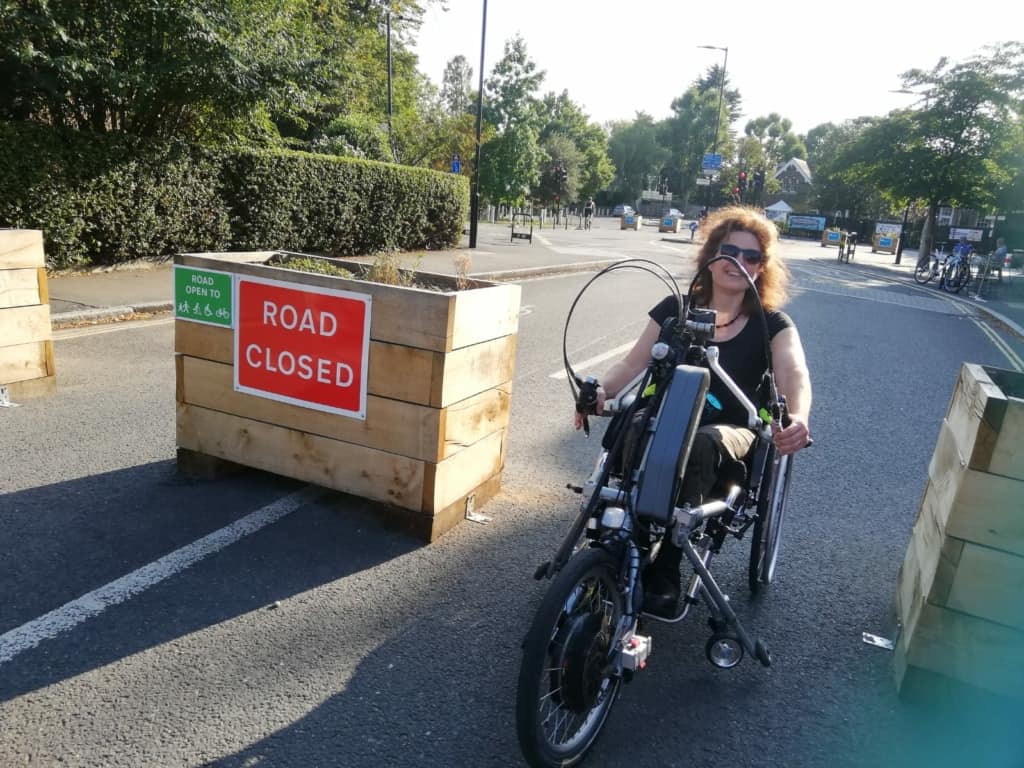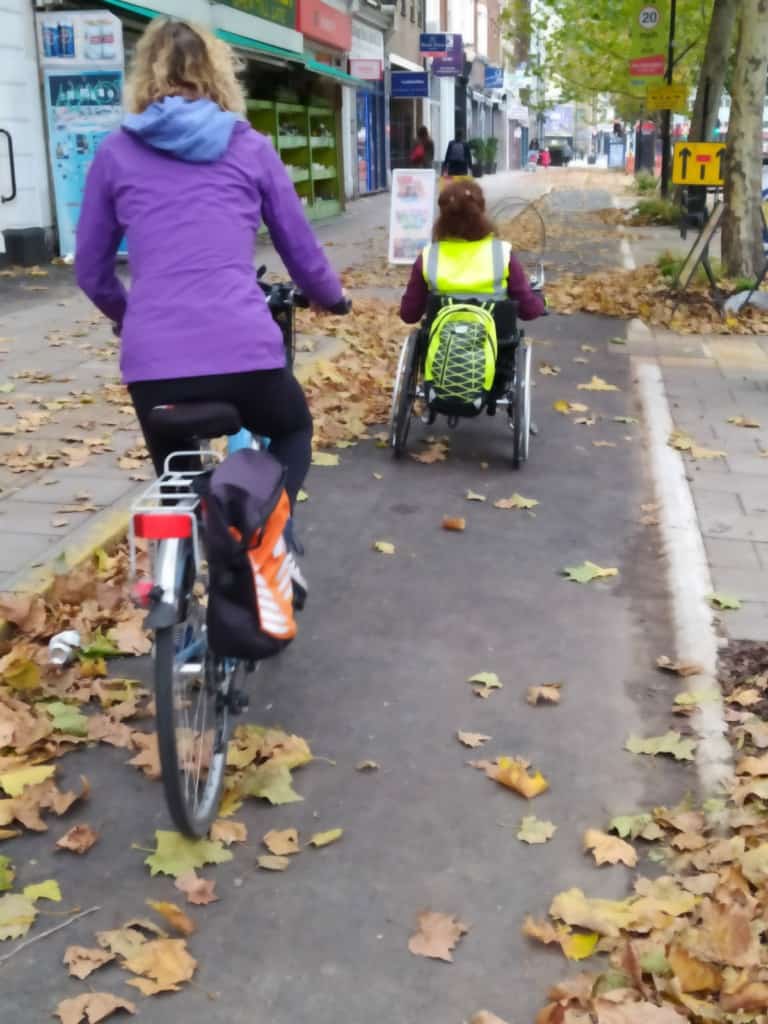Over the last few months, you have probably noticed increasing numbers of temporary bollards and barriers, newly-created ‘Low Traffic Neighbourhoods’, the expansion of pavement space into roadways, and ‘pop-up cycle-lanes’. These new features were in response to the need for more space to ensure social distancing and enable and encourage cycling and walking as an alternative to public transport. Some of these schemes were well-planned and implemented, creating more accessible, people-friendly spaces for all types of walkers, wheelers and cyclists. Other schemes were less well-planned, with some, to be frank, creating more problems than solutions.

The immediate need for social distancing and alternatives to public transport to protect communities from the risk of COVID-19 meant that these schemes were introduced as ‘emergency measures’, with financial support from the Department of Transport’s Emergency Active Travel Fund and – in London – additional funds from TfL. The need for rapid changes to streetscapes meant that rather than hosting open public consultations before planning and implementing schemes, temporary changes were made with the intention to consult retrospectively, then amend and improve the schemes to make sure that they met the needs of the local area.
In London, TfL has been introducing social distancing measures on TfL-controlled highways and has provided additional funding for some local authority projects; they’re usually distinguishable by their bright blue ‘Streetspace’ branding. TfL has now developed a map of all Streetspace projects and has opened a public consultation on the future of individual Streetspace schemes.

If designed well with an awareness of the diversity of different people’s needs, then new walking, wheeling and cycling infrastructure can radically improve the accessibility of public spaces. They can create safe and accessible routes for all forms of cyclists and ensure that pedestrian spaces can be used by everyone. By enabling and encouraging more people to walk, wheel and/or cycle, roads can become clearer for those who depend on car transport, improving travel for everyone.
However, the awareness of different people’s needs depends on everyone’s voices being heard – particularly those of the Disabled community, whose are often overlooked during decision-making processes. If you’ve encountered any TfL Streetspace infrastructure where you live, work or travel, then please take a few minutes to let them know what you thought of it – the good, the bad and the ugly! Feedback is crucial to making sure that good examples are kept, less good schemes are improved, and – if necessary – the worst cases are removed altogether. If the TfL consultation includes people with greater accessibility needs, then public spaces will become more accessible in the long-term.
Details of London’s Streetspace scheme can be found via the following links:
You can give your feedback by e-mailing TfL (streetspacelondon@tfl.gov.uk) or by filling out the feedback form on their website.
